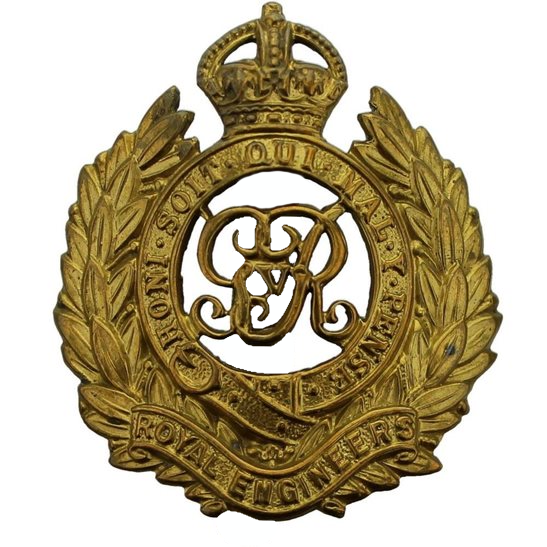Personal Details
Born: 3 July 1893 in Whitchurch, Shropshire and baptised on 21 July the same year in St. Alkmund’s Parish Church, Whitchurch.
Family: He was the sixth of eight children born to James Hockenhull, a van driver, and his wife Mary. He married Annie May Albrighton on 15 June 1921 in King’s Norton, Worcestershire. The couple emigrated to the United States of America in 1923 and at that time had no children. USA birth records are not available.
Residence: At the time of his baptism the family were living in Catteralls Lane, Whitchurch, where Herbert continued to live until at least 1901. In 1911 he was on the staff of and living at Rossall School, Fleetwood, Lancashire. In 1919 he was registered to vote at 206 Osborn Road, Moseley, Warwickshire. He emigrated with his wife to the USA in 1923 and his application for US naturalisation in 1939 indicates an address of 44 Seaman Avenue, New York City.
Employment: In 1911 he was a waiter at a public school; in 1914 he was a chauffeur and in 1923 he was a motor mechanic .
Died: Not known
Military Details
Regiment: Royal Engineers (previously Royal Field Artillery)
Rank: Sapper
Service Number: 249748 (previously 1922)
Date of Enlistment: 1 September 1914
Date of Discharge: Not known
Reason for Discharge: Not known
Other Information: His brother James Henry was killed in action in WW1.
Herbert was awarded the Campaign Medals (1915 Star, British war medal and Victory medal)

The 1914 Star (also known as 'Pip') was authorised under Special Army Order no. 350 in November 1917 and by an Admiralty Fleet Order in 1918, for award to officers and men of the British and Indian Expeditionary Forces who served in France or Belgium between 5 August and midnight of 22–23 November 1914. The former date is the day after Britain's declaration of war against the Central Powers, and the closing date marks the end of the First Battle of Ypres.
The 1914–15 Star (also known as 'Pip') was instituted in December 1918 and was awarded to officers and men of British and Imperial forces who served against the Central European Powers in any theatre of the Great War between 5 August 1914 and 31 December 1915. The period of eligibility was prior to the introduction of the Military Service Act 1916, which instituted conscription in Britain.
The British War Medal (also known as 'Squeak') was a silver or bronze medal awarded to officers and men of the British and Imperial Forces who either entered a theatre of war or entered service overseas between 5th August 1914 and 11th November 1918 inclusive. This was later extended to services in Russia, Siberia and some other areas in 1919 and 1920. Approximately 6.5 million British War Medals were issued. Approximately 6.4 million of these were the silver versions of this medal. Around 110,000 of a bronze version were issued mainly to Chinese, Maltese and Indian Labour Corps. The front (obv or obverse) of the medal depicts the head of George V. The recipient's service number, rank, name and unit was impressed on the rim.
The Allied Victory Medal (also known as 'Wilfred') was issued by each of the allies. It was decided that each of the allies should each issue their own bronze victory medal with a similar design, similar equivalent wording and identical ribbon. The British medal was designed by W. McMillan. The front depicts a winged classical figure representing victory. Approximately 5.7 million victory medals were issued. Interestingly, eligibility for this medal was more restrictive and not everyone who received the British War Medal ('Squeak') also received the Victory Medal ('Wilfred'). However, in general, all recipients of 'Wilfred' also received 'Squeak' and all recipients of The 1914 Star or The 1914/1915 Star (also known as 'Pip') also received both 'Squeak' and 'Wilfred'. The recipient's service number, rank, name and unit was impressed on the rim.

